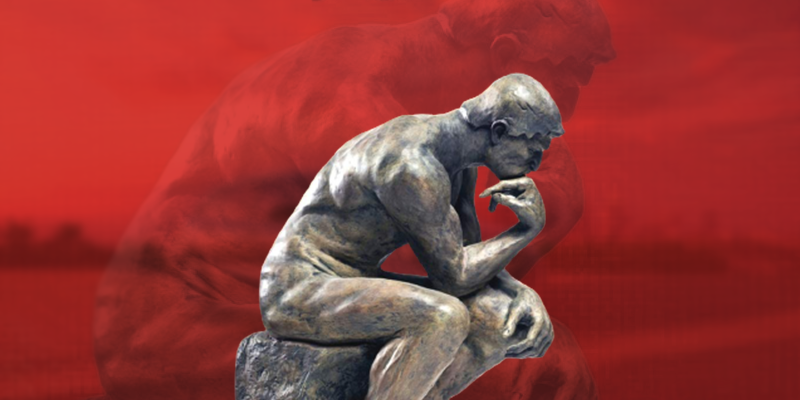Training the brain to think and work better is not a new concept. For this, one needs to have a certain mental model. James Clear, author of Atomic Habits, says, a mental model explains how something works. The phrase “mental model” is an overarching term for a concept, framework, or worldview that you carry around in your mind.
It was Charlie Munger, business partner of Warren Buffett, who coined the term ‘mental models’ at “a commencement speech at USC Business School in 1994 entitled “Lesson on Elementary, Worldly Wisdom as It Relates to Investment Management & Business.”
In the book Mental Models: 30 Thinking Tools that Separate the Average from the Extraordinary, author Peter Hollins says, ‘Mental Models’ is like the old saying, “To the man with only a hammer, every problem looks like a nail.”
“You’ve got to have multiple models, and the models have to come from multiple disciplines — because all the wisdom of the world is not to be found in one little academic department. Hence, poetry professors, by and large, are so unwise in a worldly sense. They don’t have enough models in their heads. So you’ve got to have models across a fair array of disciplines,” says Peter, who is a bestselling author and human psychology researcher.
Thus, according to Peter, a mental model is “a blueprint to draw your attention to the important elements of whatever you are facing, and it defines context, background, and direction.”
Mental models help in creating great decision making skills and understanding what decisions need to be taken when, especially for startup founders.

Addressing ‘important’ and ignoring ‘urgent’
Every time we try to make a major decision, we panic and believe we have to make it quick. Peter explains this is a way the brain fools us into one of the most dangerous fallacies - focusing on what doesn’t matter.
Everything is an emergency has to be handled as soon as possible, and if you don’t act, horrible consequences will follow.
“The mistake is thinking of “important” and “urgent” as synonymous and not realising the difference between the two terms and how you should prioritise them. The ability to distinguish the two is a key step in lowering your anxiety, stopping procrastination, and making sure that you are acting in an optimised way,” says Peter in his book.
Thus, instead of spending time on urgent tasks, you need to spend time on important tasks. Peter says, “These contribute directly to our short-term or long-term goals. They are absolutely imperative to our work, responsibilities, or lives. They cannot be skipped and should be prioritised. They may not need to be done immediately and thus don’t appear to be important. This makes it easy to fall into the trap of ignoring the important for the urgent.”
Make as informed decisions as possible
While making a decision, we end up thinking of its immediate impact. “We think in terms of one domino ahead; life is never so simple and quarantined. What about the rest of the dominoes? They don’t simply disappear,” says Peter.
He adds, “many of our decisions, especially the ones we toss and turn over at night, have consequences that extend beyond what we can see right before us. In terms of consequences, humans are as blind as bats. Small decisions one might make could result in effects down the road they did not foresee, resulting in a sort of butterfly effect.”
Focus on making reversible decisions
“In theory, decision-making is easy. Some people do it with their gut, some try to do it with their brain, and some do it entirely out of self-interest — what’s in it for me?”
“That said, decision-making is not our goal, but optimal decision-making combined with speed is the goal. To improve the second portion — speed — we must understand the mental model of distinguishing between reversible and irreversible decisions and how it helps us take action more quickly. One of the biggest reasons we have for inaction is the anxiety associated with the seeming finality of decisions. We are conditioned to think that there is no turning back, and to be a “man/woman of our word,” says Peter.
While the book talks about multiple mental models, it becomes difficult to master each discipline, but we can look at the fundamentals of these for a better picture of life.
Edited by Megha Reddy
Link : https://yourstory.com/2020/12/ys-learn-takeaways-mental-models-30-thinking-tools-average-from-extraordinary
Author :- Sindhu Kashyaap ( )
December 10, 2020 at 06:40AM
YourStory


